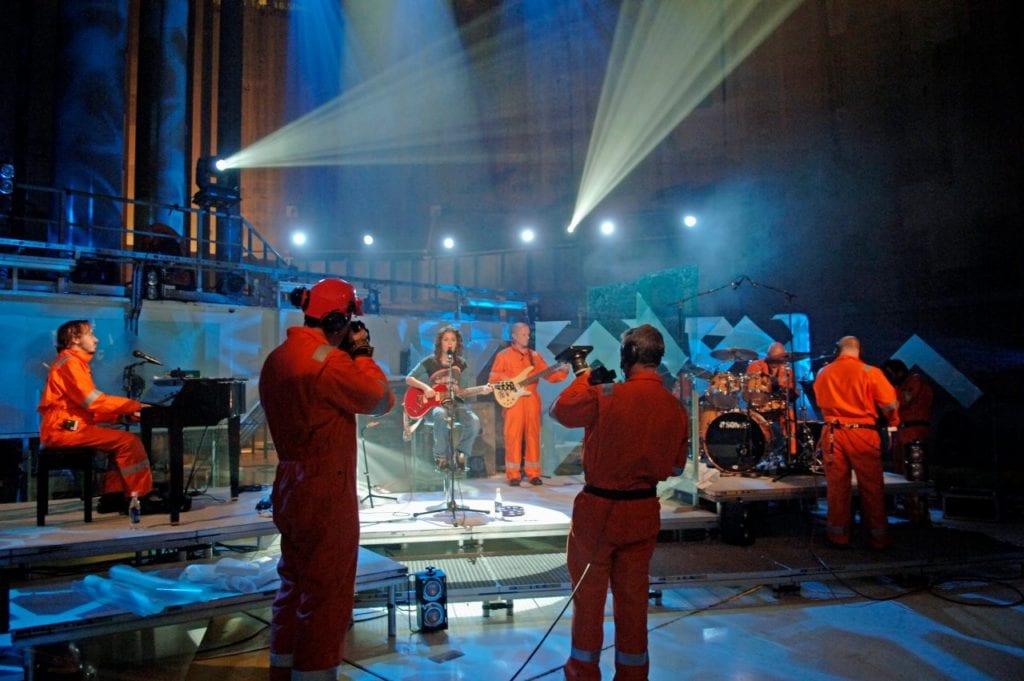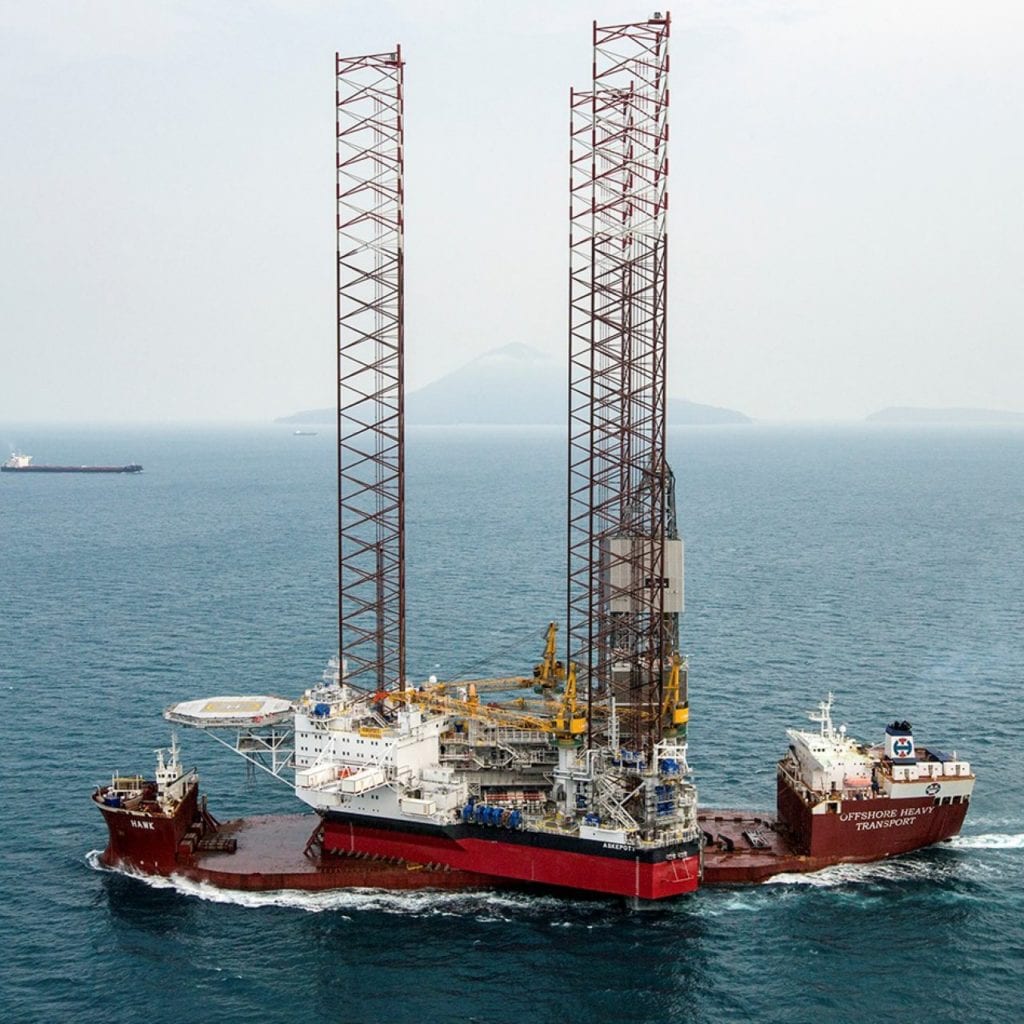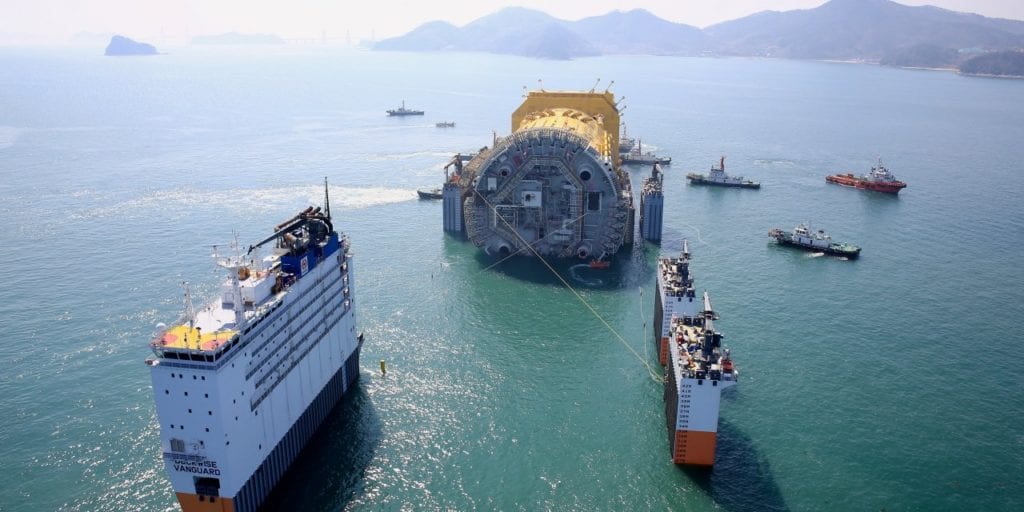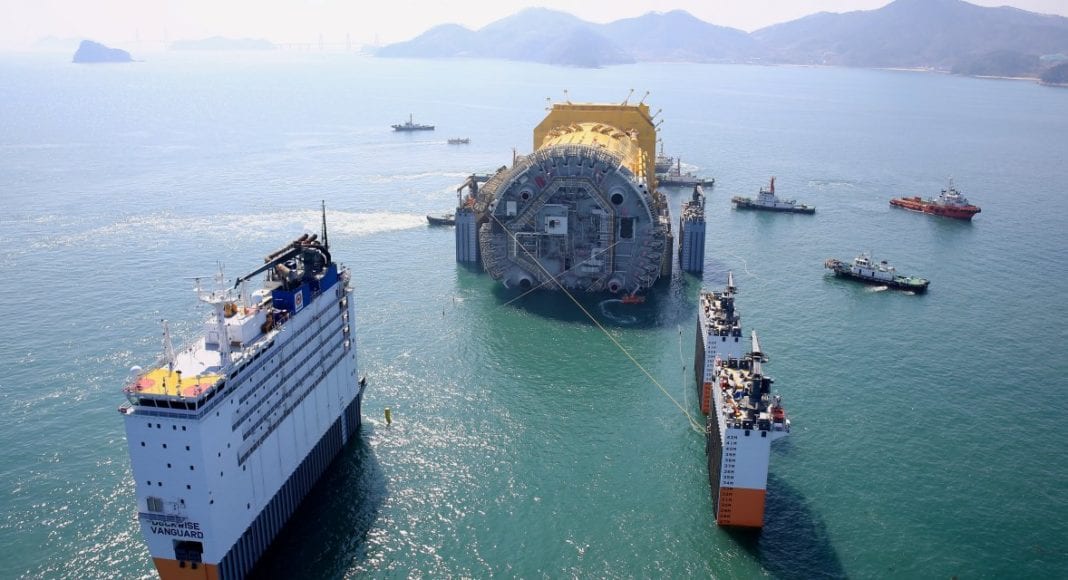Tallest, biggest, deepest…and craziest
Source: Equinor
Gigantic platforms, amazing feats of engineering—and the world’s deepest concert, performed by Katie Melua on the seabed. The oil industry is full of world records. Here are some of them:
Can you imagine oil rigs standing on legs twice as tall as a 40-storey hotel? Or a full-scale factory on the bottom of the ocean? Complex challenges in the oil industry require constant innovation. The history of oil is a story of breaking barriers—and world records.
Sometimes weather conditions make exploration challenging; sometimes a discovery lies far from existing infrastructure. Whatever the challenge, constant innovation and engineering allows us to extract oil from wells that were previously impossible to reach, produce energy more safely and with fewer emissions. And along the way, some of these innovations also break world records. Some of them you might have heard of, while others are less familiar.
“The closest thing to crazy”—the world’s deepest concert

“The gas rig is actually much more futuristic and high-tech than I thought it would be. It reminds me a bit of “Aliens”, that’s kind of cool! ” – Katie Melua
Sometimes the strangest things happen on platforms out in the ocean. It was the stuff of dreams or, perhaps, to use her own words: “the closest thing to crazy”- Katie Melua singing Nine Million Bicycles on a stage 288.5 metres below the sea.
And what an event it was! Katie and her band underwent rigorous safety training while 22 tonnes of equipment were transported by 16 helicopters and three supply ships to the rig—and then the whole lot had to be moved to the bottom of the sea.
It was the world’s deepest concert ever, held at the bottom of the platform shaft of Equinor’s Troll A platform in 2006 to celebrate the tenth anniversary of gas production beginning from the Troll field. Katie performed a repertoire of songs and guitar music and was accompanied on the piano for one of the songs by our platform manager of Troll A at the time, Jan Hauge.
The audience included Craig Glenday, Editor of the Guinness Book of Records, who was there to confirm and verify that the record had really been broken.
The rigs with the world’s tallest legs

In the autumn of 2017, the first of Equinor’s two new Cat J super-rigs Askeladden and Askepott were delivered from the shipyards in Korea. They have jack-up legs 200 metres (650 feet) tall, almost twice as high as a 40-storey hotel—the second longest legs in the world.
The record for the world’s longest rig legs is held by Noble Lloyd Noble, with legs 214 metres (702 feet) tall.
Equinor’s jack-up Cat J rigs are designed to operate in water depths from 70 to 140 metres, and drill wells as deep as 10,000 metres below the seabed. They are built to perform effective drilling operations for underwater developments in addition to conventional drilling.
Their towers can handle 40-metre drill pipes automatically to increase efficiency of operation, and drill pipes can be connected while drilling—so-called parallel operations. The rigs have been commissioned to achieve the highest possible recovery rates from profitable reserves—and can also be used for exploration drilling.
Aasta Hansteen—the world’s largest spar platform

Aasta Hansteen was transported from Korea to Norway, around the cape of Africa—a distance equivalent to 640 marathons. With the Dockwise Vanguard partially submerged, only the ship’s superstructure and the spar hull are visible above the water.
The world’s largest spar platform is named after the 19th century Norwegian painter and writer Aasta Hansteen and has been built to produce gas from the field that lies in deep water, 300 km northwest of Sandnessjøen.
A spar platform floats vertically like a buoy in the water and is anchored to the seabed. The solution makes it possible to develop the gas field located in waters 1300 metres deep. (A similar but smaller variant is seen in our Hywind floating wind turbines.)
Aasta Hansteen’s hull is 200 meters high and 50 meters in diameter. By comparison, Big Ben is almost 100 meters high. The hull alone weighs 46,000 tonnes and is the largest of its kind in the world.
It took two months to transport Aasta Hansteen from the shipyard in South Korea to Norway, in a voyage halfway around the world: 14,500 nautical miles, 26,900 km—or over 640 marathons. The hull and platform deck were shipped on the world’s largest heavy-duty vessels, Dockwise Vanguard and Dockwise White Marlin, respectively.




